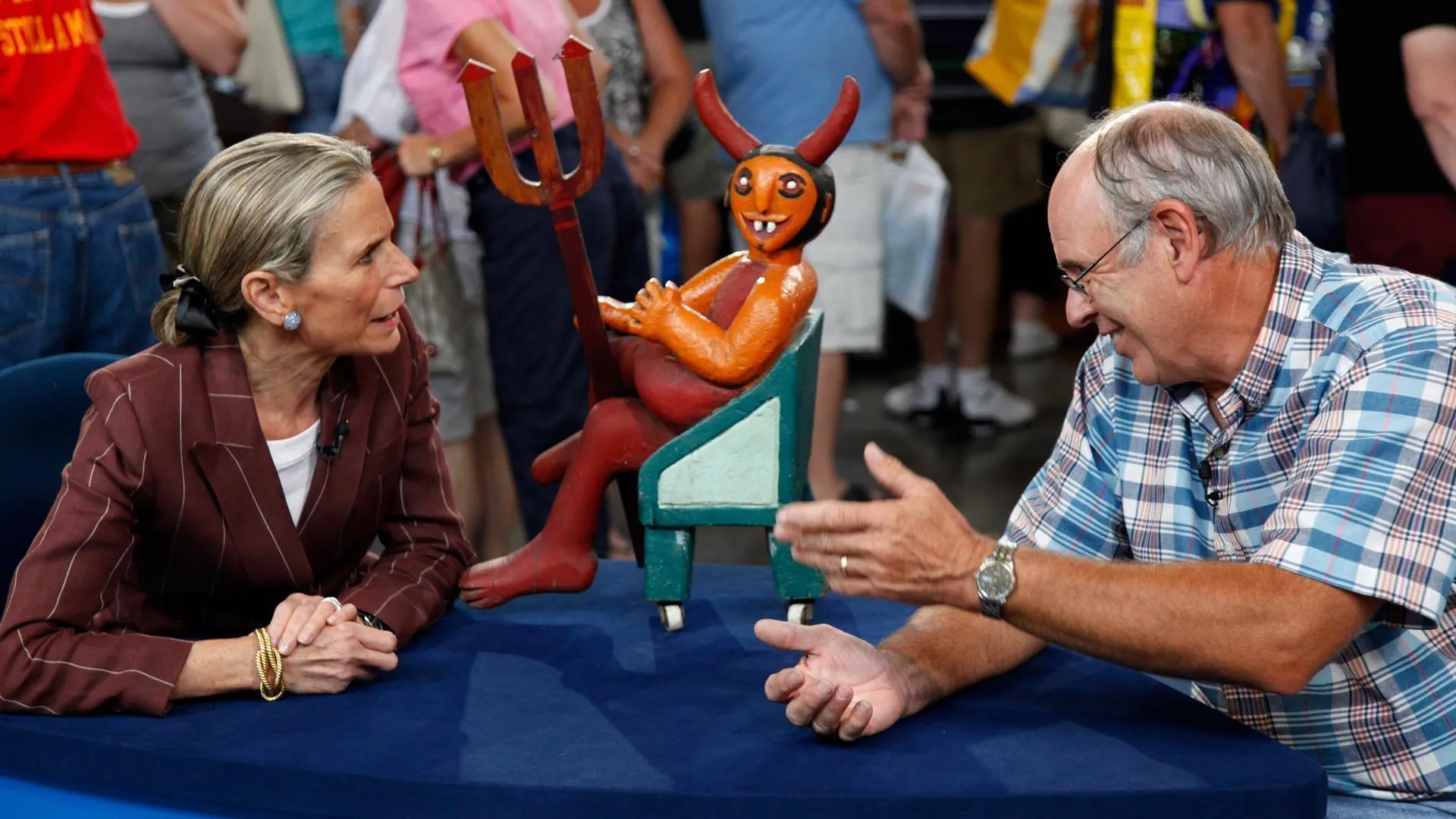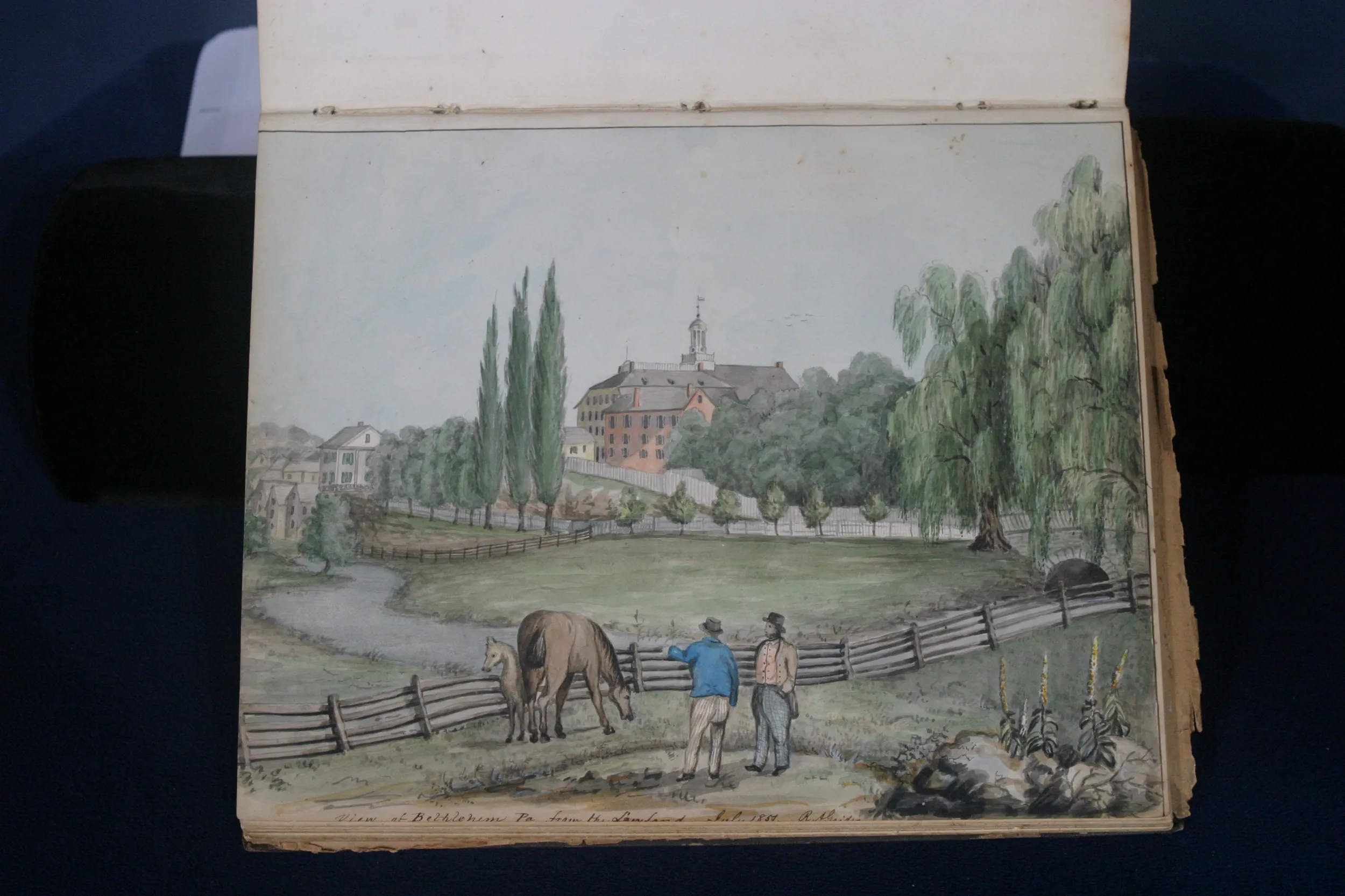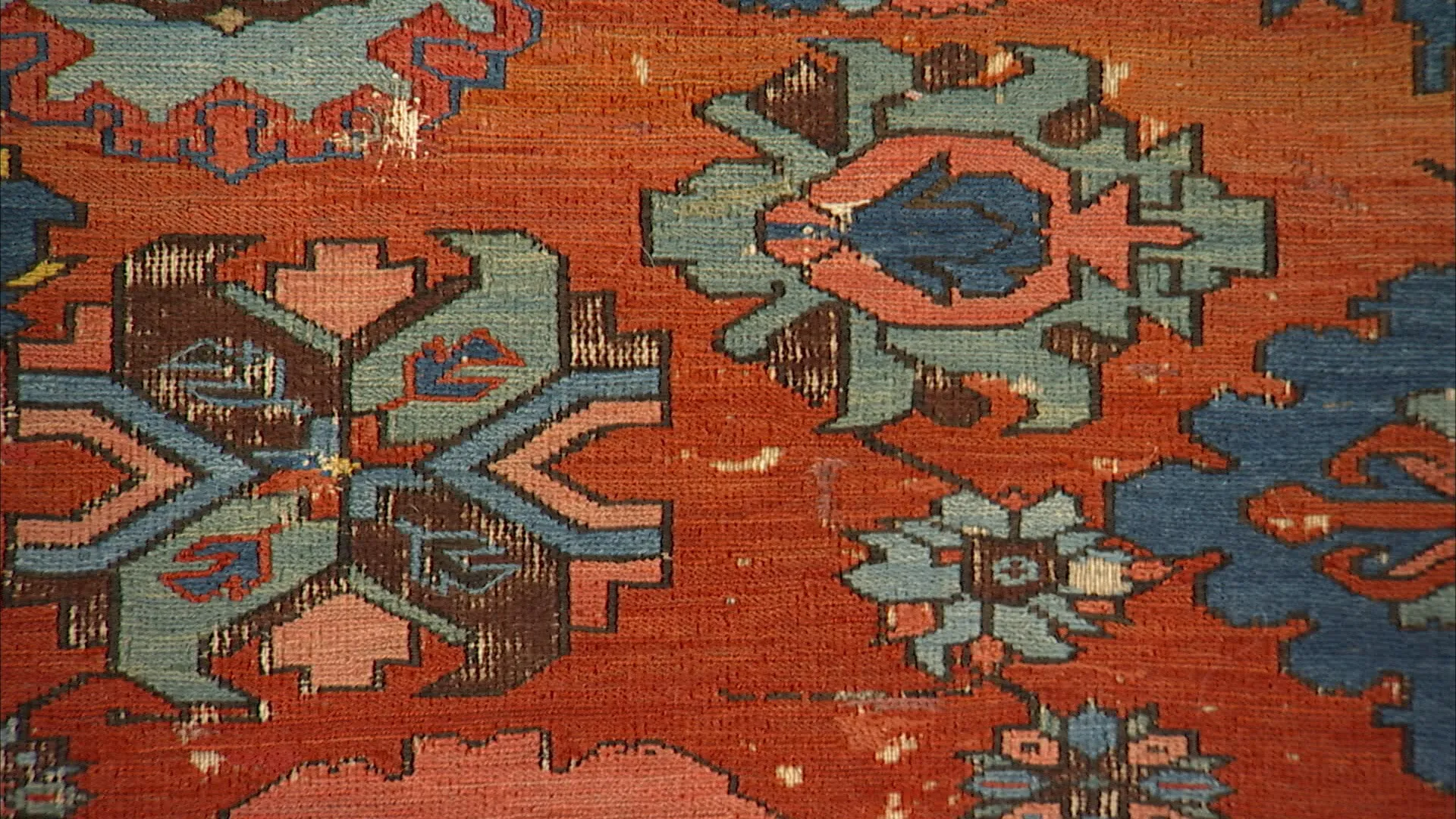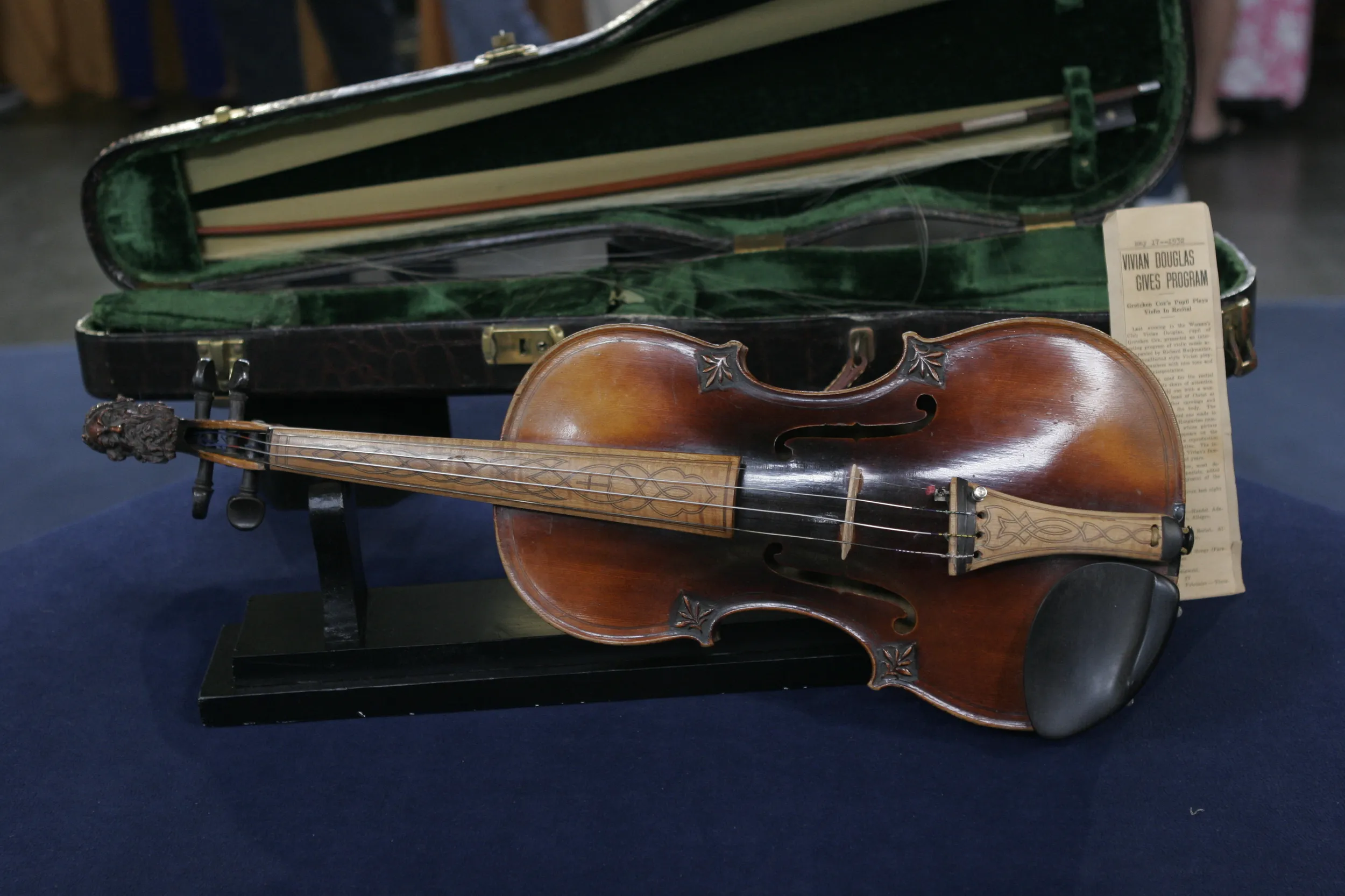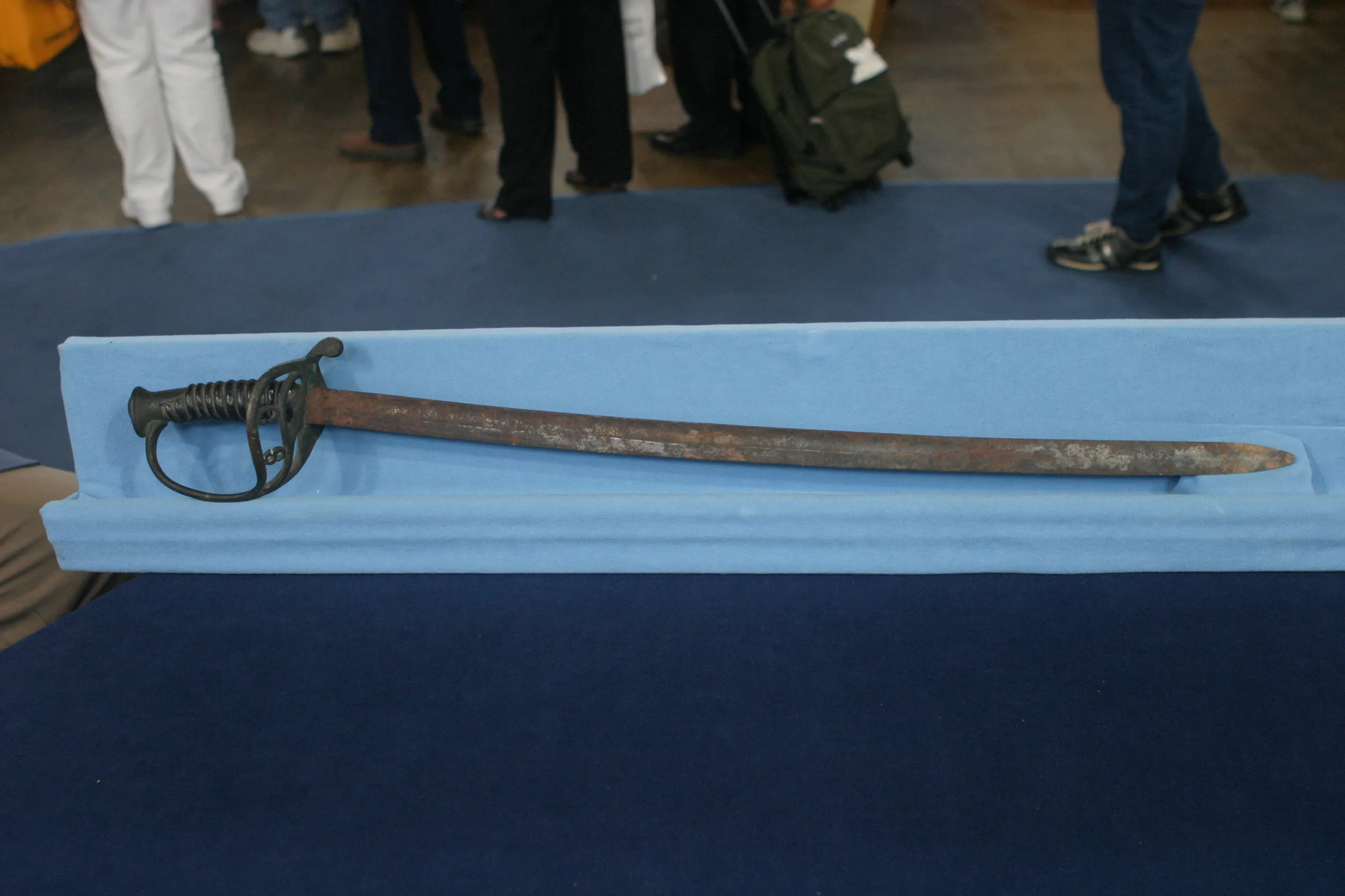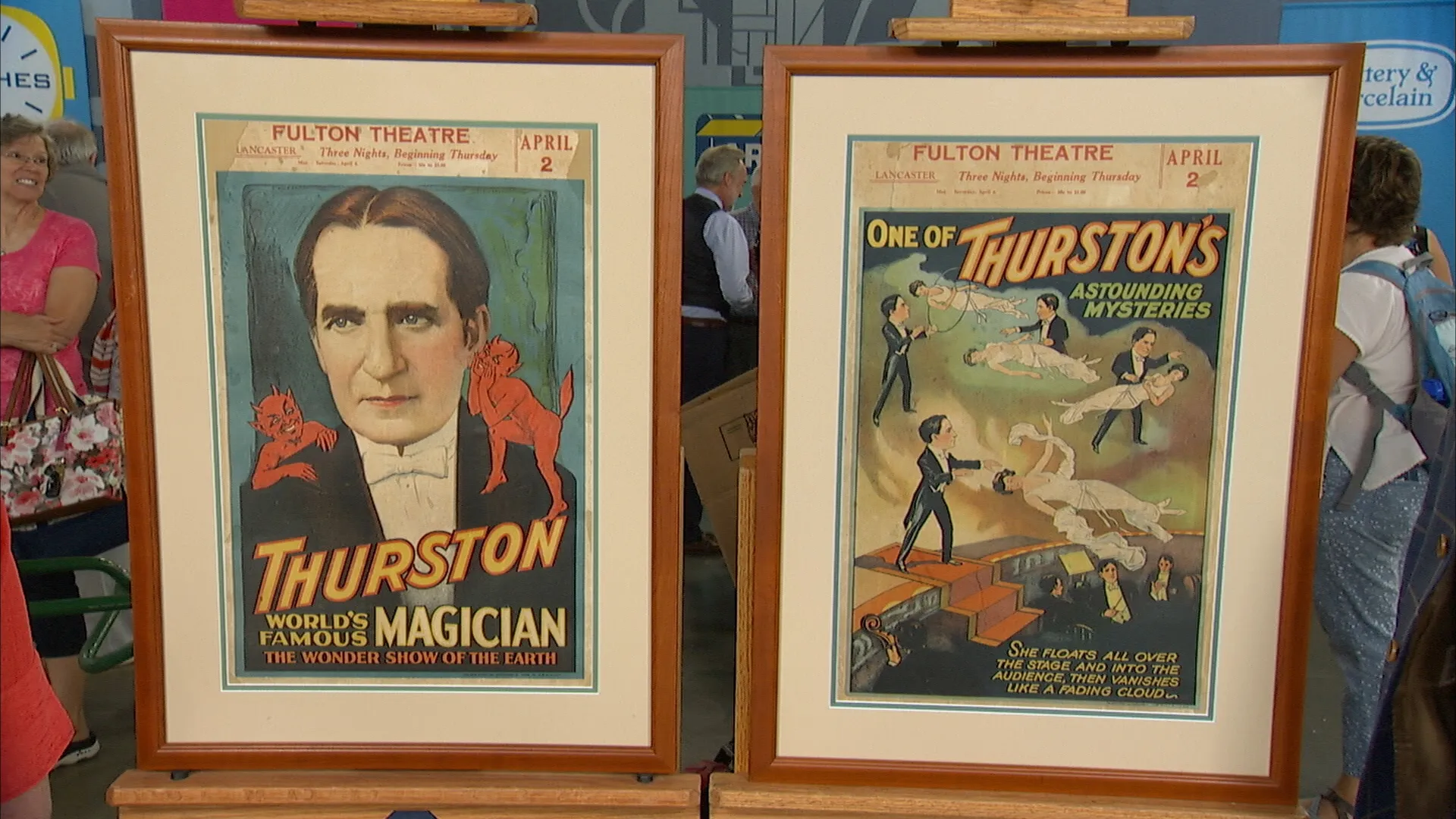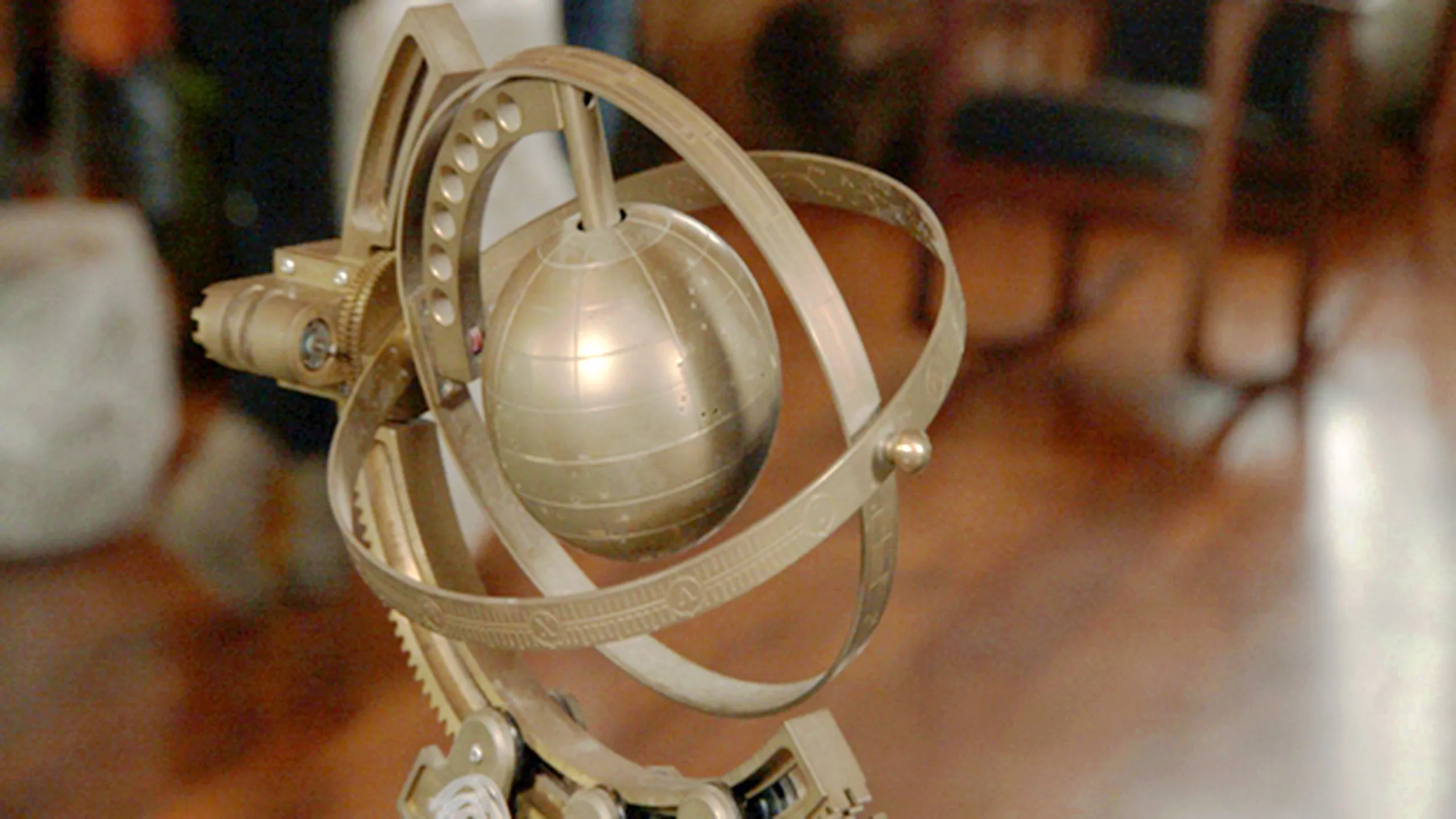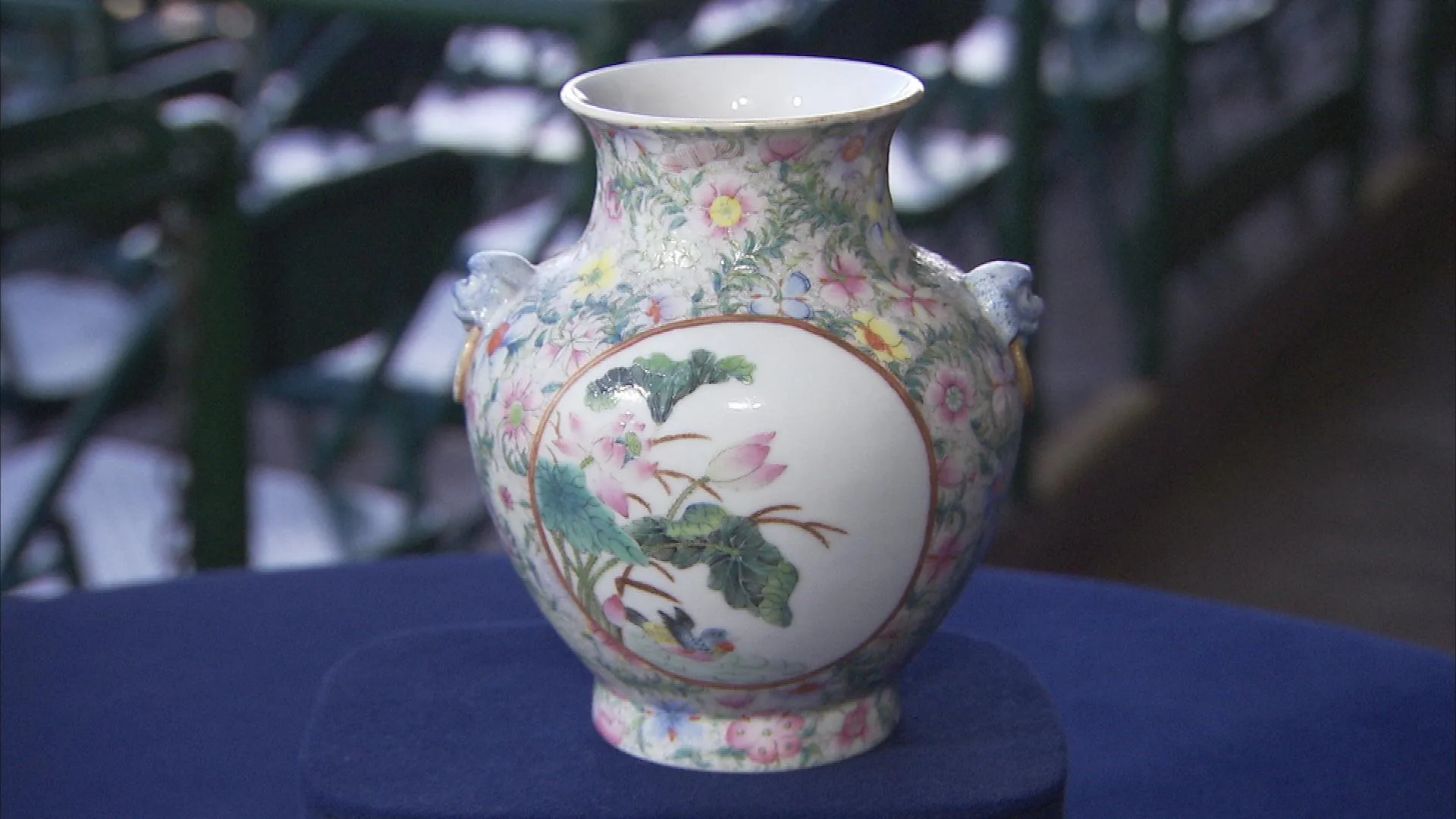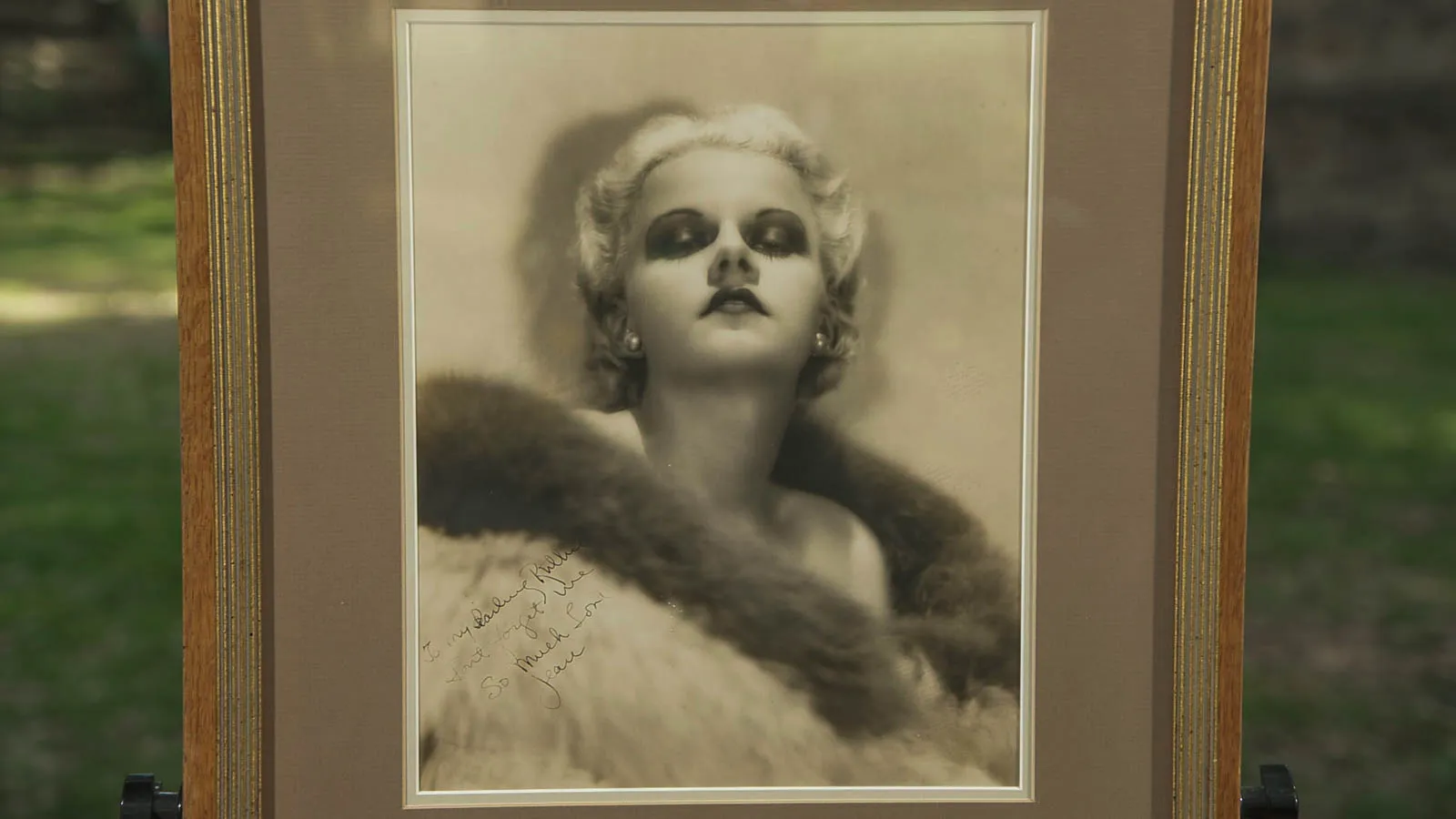GUEST: I got the watch from my father, and I know it came from either his father or his mother. I'm inclined to think it was from my grandmother's side and it came from her father to her. They lived in Manhattan, but they had sugar plantations in Cuba. They were quite wealthy, and they came to New York.
APPRAISER: It appears from the engraving that's in there, it seems like it was a gift to the family, because it says in Spanish, "to the family of Ricardo," Richard. So it probably came from Cuba, then.
GUEST: Very possible.
APPRAISER: This watch is very much in the style of South America, Spanish America and, indeed, Cuba. It's beautifully engraved on the outside. It's what's called a half hunter-cased watch. It's particularly nice and well done because of the enamel around the numbers. If we open it up, you'll see the dial isn't the typical white enamel that you'd expect to see on a watch. In fact, it's silver with a lot of gilt decoration on it. Now, very often we think of watches like this as being Swiss. This isn't a Swiss watch, and that's what makes it quite interesting. The watch is actually German. If you look at the dial, you'll see the name of the person, Julius Assmann, who worked in Dresden. Now, if we turn this over, we get to see what a really superb watch looks like from this period, which is probably about the 1880s. Does that fit with your...?
GUEST: Yes.
APPRAISER: Assmann himself was an exporter primarily to South America. We see this inscription in Spanish. If we then look further, we can see some of the advertising that went inside a watch of this age. And that banner across the back of the watch, you see it says 20 rubies. This is a 20-jewel watch. You've heard of 17-jewel watches?
GUEST: Right.
APPRAISER: Well, this has three extra.
GUEST: Oh!
APPRAISER: And you can see that the jewels in the watch are each in individual little gold cups.
GUEST: Right.
APPRAISER: It's highly finished. This type of nickel-finish movement was only made for South America. Watches, generally, of this type are very undervalued, and we spend a lot of time telling people they're worth basically the gold in the case.
GUEST: Right.
APPRAISER: On the other hand, a watch by Julius Assmann in this beautiful condition is probably worth, if you were to try to sell it at auction, between $6,000 and $8,000.
GUEST: Oh!
APPRAISER: Which is far more than most watches of this period. And it's a lovely thing to have survived.
GUEST: Yes.

